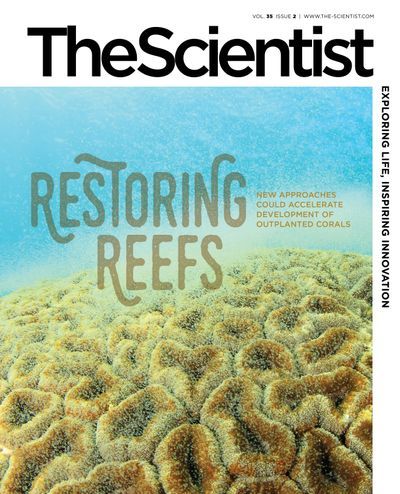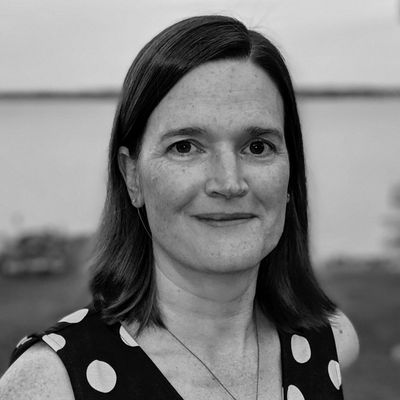ABOVE: Siobhán Brady
DAVID SLIPHER, UC DAVIS COLLEGE OF BIOLOGICAL SCIENCES
Metal-heavy grasses were what grabbed Siobhán Brady’s attention. It was the mid-’90s, she was in her first year at the University of Toronto (U of T), and she was learning about grass varieties that can tolerate taking up normally toxic heavy metals. Having grown up in Canada visiting Lake Erie beaches, some of which had to be closed at times to remove metals originating in nearby steel factories from the sand, Brady “was pretty enamored by the fact that you could use a natural part of the environment to be able to fix what humans had done to destroy it,” she says. In this case, the potential solution was growing the grasses in contaminated soil, then harvesting them and disposing of the concentrated contaminants. “I was just totally smitten and decided that this is what I wanted to...
That first year at university was, academically, “a total disaster,” she says, but she found her groove the following year, doing research on Arabidopsis thaliana in a plant pathology lab headed by Robin Cameron, now at McMaster University. Brady loved the research environment and the process of following the precise steps of a protocol, troubleshooting that protocol, and improving it, she says. “It satisfied something very deep inside of me.”
Brady remained at U of T for graduate school, joining the lab of Peter McCourt and initially looking for Arabidopsis genes encoding proteins that interact with the plant hormone abscisic acid. While the project yielded some information, including details on other hormone pathways that interact with the abscisic acid pathway, Brady never did find the mutated genes she was looking for. She says she learned a lot from that experience, for example, that hard work couldn’t compensate for an overly complicated experimental design. Her takeaway: “One should always design relatively straightforward experiments where the answer is going to be very clear.” In a second PhD project, Brady built an algorithm to mine transcriptomic data to determine how sequences within the plant’s gene promoters related to root development. She earned her doctorate in 2005.
Brady’s research interests led her to apply for a postdoc with developmental biologist Philip Benfey at Duke University. Benfey says he recognized at the time that Brady had enormous potential. “She had a way of describing her work and thinking about it that, to me, showed that she had the ability to go beyond what she’d actually accomplished,” he explains.
In Benfey’s lab, Brady’s research involved analyzing the mRNAs present in individual cell types in Arabidopsis roots during different stages of development to reveal the patterns of gene expression that enabled their growth and maturation. One of her findings, Benfey notes, is that not only are there genes that are turned on and stay on during development, but also “an oscillating set of genes that would turn on and turn off again, and then turn back on again.”
Brady was intrigued by how plant cells regulate the types of changes in transcription she saw in her postdoc research. When she started her own lab at the University of California, Davis, in 2009, she had trouble finding funding for Arabidopsis research, so she switched to carrying out studies in tomato and sorghum. Her lab recently completed a years-long project to map gene expression and regulation in individual tomato cell types—now under review for publication—that she says she expects will be a valuable resource in researchers’ efforts “to breed plants that are going to be more able to tolerate harsh environments.”
As part of her sorghum research, Brady visited Ethiopia in 2016 with her postdoc Sharon Gray. While they were there, anti-government protesters threw rocks at the car they were riding in, killing Gray. Brady, who still has difficulty talking about Gray’s death, teamed up with Gray’s husband to honor Gray by collecting donations and applying for university funding to provide training opportunities for Ethiopian scientists, particularly women. Brady has hosted several Ethiopian students for short research stints, and so far one has earned a master’s degree in her lab. Her colleague Richard Michelmore, the director of UC Davis’s Genome Center, says that Brady is “a first-rate scientist, but also she cares very much about the people around her.”
Interested in reading more?







